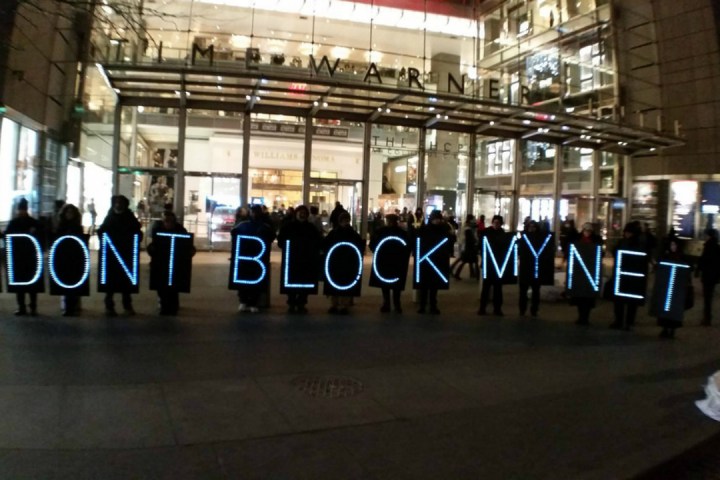
Federal Communications Commission Chairman Ajit Pai has made clear his dedication to rolling back net neutrality provisions outlined during President Obama’s administration, and companies are taking note. Comcast recently met with Pai’s staff to try to prevent individual states from setting their own net neutrality rules, for fear that states might try to stop internet service providers (ISPs) from “blocking, throttling, or discriminating against online content,” Ars Technica reported. In addition, Comcast asked the FCC to undo a previous classification of broadband as a Title II common carrier service. Should Pai and his staff agree to this, it would effectively undermine the FCC’s legal authority to enforce net neutrality rules.
While Pai has noted that he has every intention to reverse that classification, more contentious may be preventing states from implementing their own broadband regulations. As per an ex parte filing submitted by Comcast, the company “also emphasized that the Commission’s order in this proceeding should include a clear, affirmative ruling that expressly confirms the primacy of federal law with respect to BIAS (Broadband Internet Access Service) as an interstate information service, and that pre-empts state and local efforts to regulate BIAS either directly or indirectly.”
Comcast is by no means the only party to seek federal pre-emption of such state laws. Verizon also asked the Commission to block such rules, and both current and former Republican FCC commissioners are asking Pai to pre-empt states. Former Republican FCC Commissioner Robert McDowell made an appearance before a Congressional committee last week, during which he noted, “The FCC should use its ample statutory authority to pre-empt states and localities to promote flexible and clear national rules that protect consumers and markets alike.” He noted a “disturbing trend” in which “states and localities have tried to regulate many aspects of the broadband market, potentially creating a confusing and innovation-killing patchwork of local laws governing both the economics of the internet and consumer privacy.”


